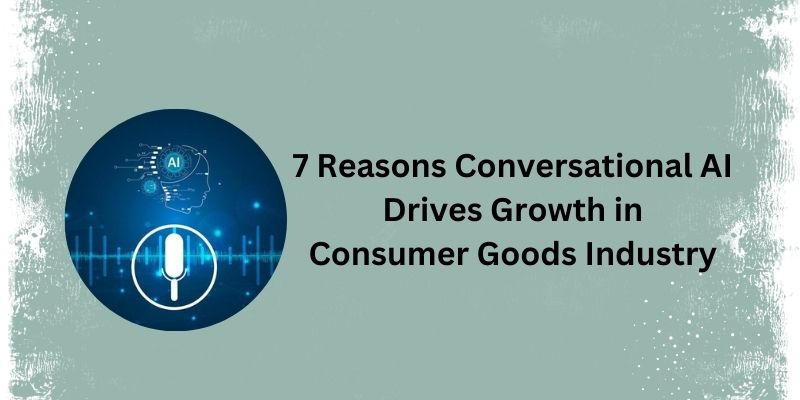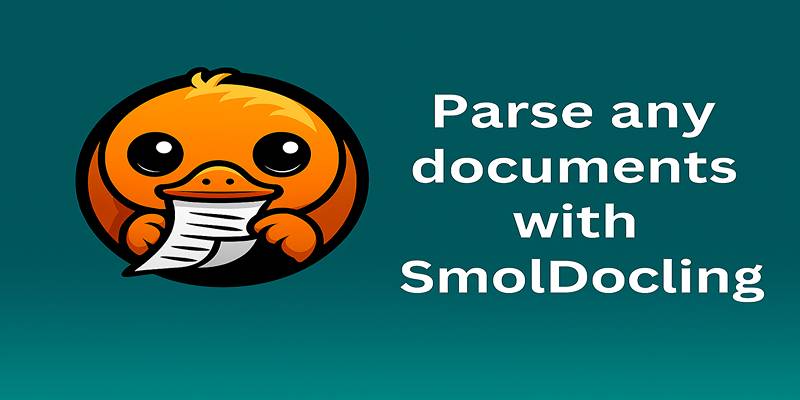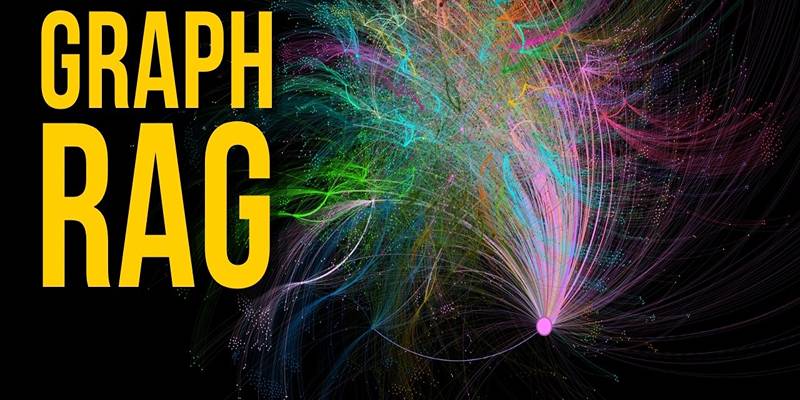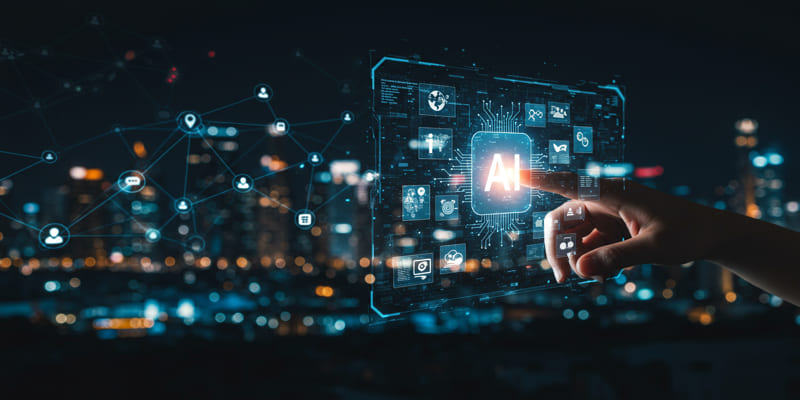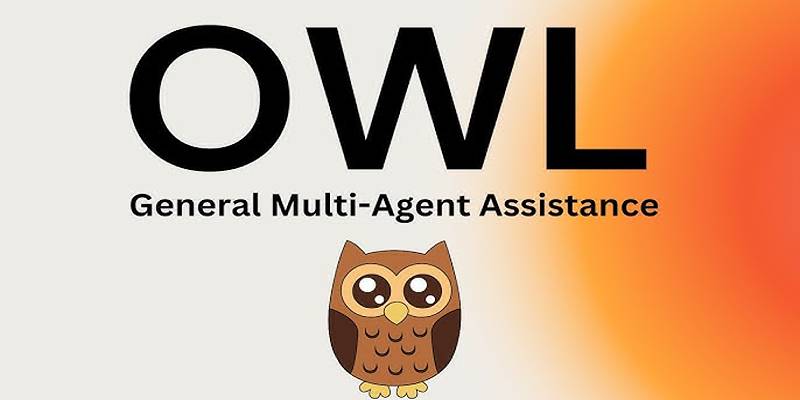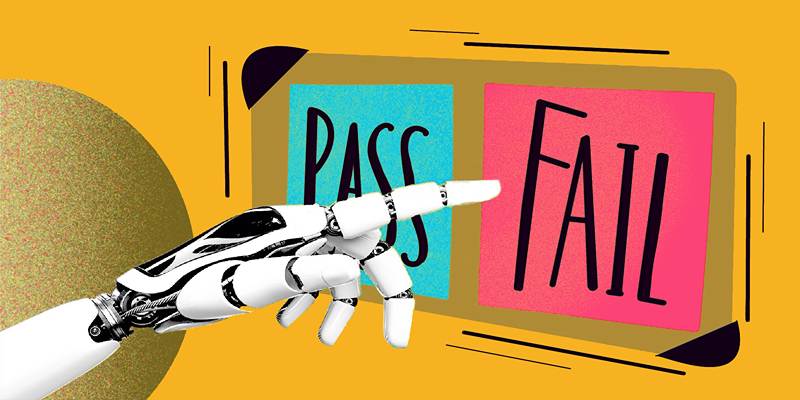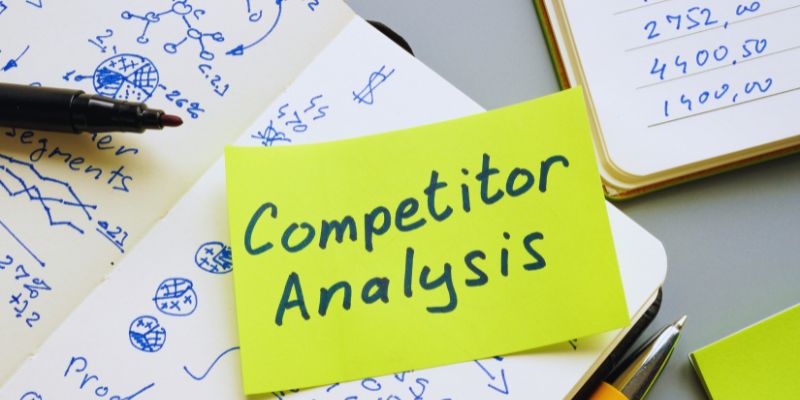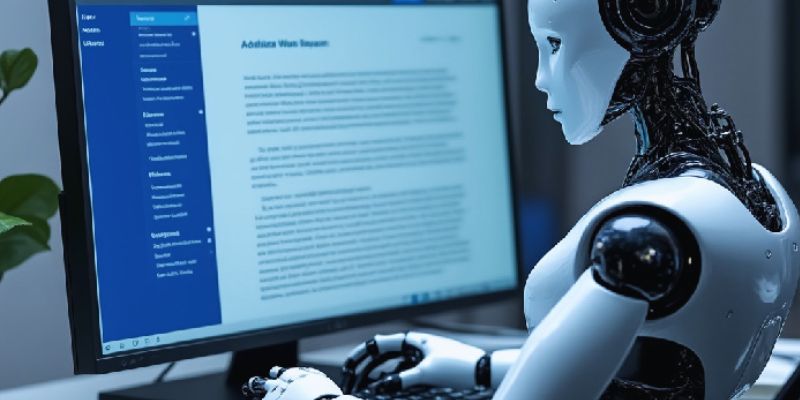In the world of AI and natural language processing, retrieval-augmented generation (RAG) models have revolutionized how language models stay current and relevant. But as the need for deeper reasoning and structured understanding grows, a new evolution called GraphRAG is leading the way. This post explores the key differences between traditional RAG systems and GraphRAG, how GraphRAG works, and why it matters in building smarter AI systems.
What is Retrieval-Augmented Generation (RAG)?
Traditional language models are powerful but static. Once trained, they cannot access updated information unless retrained — a time-consuming and costly process.
RAG solves this problem by combining a retriever and a generator:
- Retriever: Searches external knowledge sources like document databases to fetch relevant information.
- Generator: Uses a language model (like GPT) to create responses based on what the retriever found.
For example, imagine a chatbot trained for a tech product. Every time a new feature is released, the model would normally need to be retrained. With RAG, it simply fetches the new feature information from a database and generates an updated response in real time — no retraining needed.
Why Traditional RAG Has Limits?
While RAG is efficient, it isn't perfect. The retrieval mechanism relies heavily on semantic similarity — meaning it fetches text that "looks" relevant but might miss deeper connections.
Here are some of the main challenges:
- Context loss: Chunking documents into small parts (100–300 words) can break the narrative or logical flow.
- Semantic mismatches: High similarity scores don’t always capture meaningful or relational context.
- Scalability: Managing large volumes of text and keeping them relevant over time is hard.
- Training needs: High-quality data is essential to make both the retriever and generator effective.
A practical demonstration using the life story of Marie Curie shows how much information can be lost in RAG. Even when similarity scores are high, important narrative context is often missing.
Introducing GraphRAG: Smarter with Structure
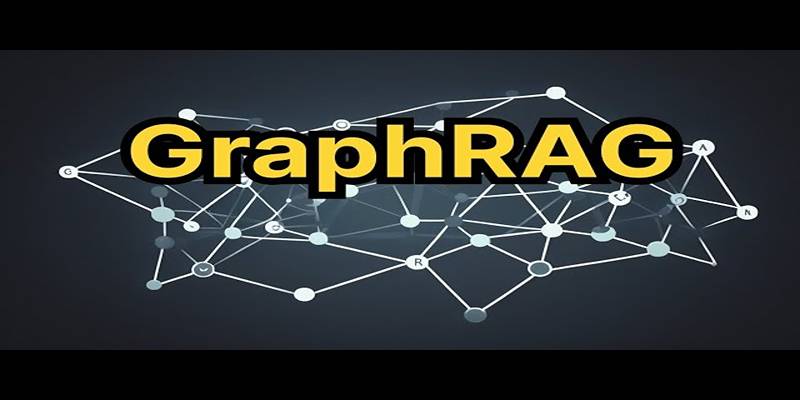
GraphRAG takes the foundational ideas of RAG but goes a step further by integrating knowledge graphs into the retrieval process. A knowledge graph is a structured representation of entities (such as people, places, or concepts) and the relationships between them. GraphRAG uses this graph-based structure to enhance the retrieval mechanism, making it more effective at handling complex queries.
Key Features of GraphRAG
GraphRAG introduces several advanced capabilities by incorporating knowledge graphs into the retrieval process, which enhances both the quality and precision of AI-generated responses. By leveraging the relationships between entities, GraphRAG enables more nuanced understanding and dynamic information retrieval, making it a powerful tool for handling complex queries.
1. Graph-Based Retrieval
Traditional RAG relies on similarity-based methods for retrieval, but GraphRAG shifts towards a more structured approach. In GraphRAG, information is retrieved not just by semantic similarity but by navigating relationships in a knowledge graph. It enables the system to find not only relevant documents but also related entities and their interconnections, providing a deeper and more contextual understanding.
For example, in a traditional RAG system, a query about Marie Curie may fetch documents containing individual facts about her life, like her birthplace, discoveries, and awards. However, in GraphRAG, the system would also identify the relationships between entities like "Marie Curie" and "Polonium," "Radium," or "Nobel Prize." This relational approach allows GraphRAG to generate responses that reflect a richer understanding of the query.
2. Enhanced Contextual Understanding
By leveraging knowledge graphs, GraphRAG improves upon the limitations of traditional RAG. It can better understand complex relationships and integrate multiple entities into its responses. It is particularly useful for multi-hop queries where the answer requires connecting information from different parts of the knowledge base.
For example, consider a query asking, “What were the contributions of Marie Curie to medical science?” A traditional RAG model might fetch documents that mention her discovery of radium but might miss the relationship to medical treatments. GraphRAG, however, would identify that "Radium" was used in early cancer treatments, allowing it to generate a more complete and relevant response.
3. Efficient Handling of Complex Queries
GraphRAG’s ability to navigate through a graph’s structure makes it highly effective at dealing with complex, multi-faceted queries. Instead of simply retrieving chunks of text that are somewhat related to the query, GraphRAG traces relationships between entities, ensuring that it captures all necessary context.
This capability is particularly beneficial in fields where knowledge is inherently relational, such as medicine, science, or law. For example, a query about legal precedents can benefit from understanding how different legal concepts, cases, and rulings are interconnected, something that traditional RAG models might miss.
4. Improved Retrieval Precision
The knowledge graph in GraphRAG provides a more precise way of identifying relevant entities and relationships, which leads to more accurate retrieval. Unlike traditional RAG, which might retrieve documents based on keyword similarity, GraphRAG’s graph-based approach can identify contextually relevant information that a traditional search may overlook.
5. Scalability with Structured Data
Another advantage of GraphRAG over traditional RAG is its scalability when dealing with large, structured datasets. Since knowledge graphs are designed to handle complex relationships and large amounts of interconnected data, they offer a more efficient way of managing and retrieving information than flat document-based systems.
Benefits of GraphRAG Over Traditional RAG
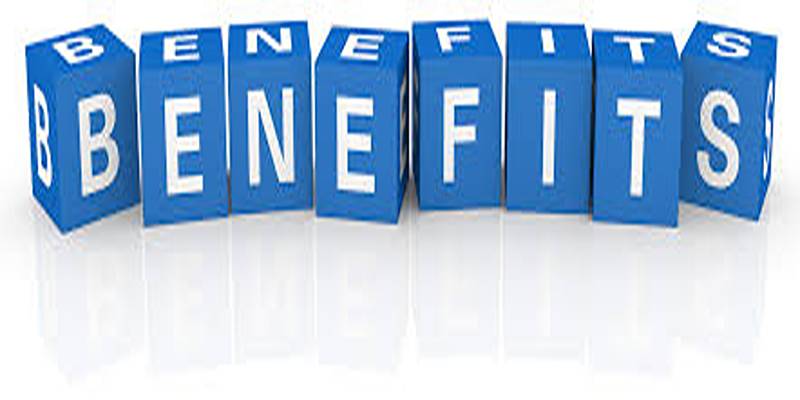
GraphRAG offers several improvements over traditional RAG:
- Contextual Depth: By utilizing knowledge graphs, GraphRAG can capture and preserve the relationships between entities, providing a deeper understanding of the data.
- Reduced Information Loss: GraphRAG’s ability to connect related entities and relationships ensures that less information is lost during the retrieval process. This results in more accurate and comprehensive responses.
- Dynamic Updates: Just like traditional RAG, GraphRAG allows for real-time updates to the knowledge base. However, the graph-based structure makes it easier to incorporate new relationships without the need for frequent retraining.
- More Coherent Explanations: Because GraphRAG uses structured relationships to generate responses, it can provide clearer and more coherent explanations, particularly for complex or multi-step queries.
Conclusion
The transition from traditional RAG to GraphRAG represents a significant leap in how AI systems process and retrieve information. By using structured relationships instead of flat text, GraphRAG systems can answer more complex questions, provide clearer explanations, and mimic human-like understanding.
While it’s not a one-size-fits-all solution and requires more setup and maintenance, GraphRAG opens new possibilities for smarter, more trustworthy AI. As the field evolves, the blend of graphs, embeddings, and large models will define the next generation of AI knowledge systems.
